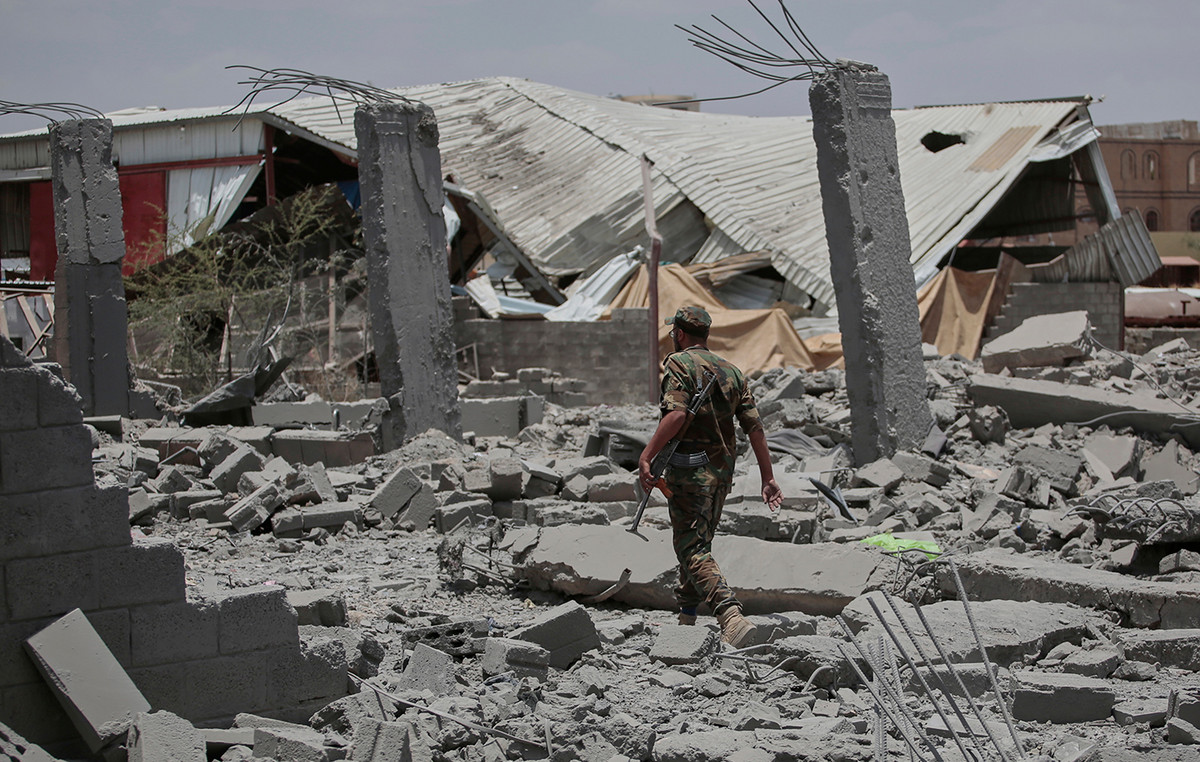The Netherlands announced on Monday that it was launching the first phase of its plan to tackle the energy crisis and lift the ceiling on electricity generation from coal-fired power plants, in a bid to reduce its dependence on Russian gas in the wake of sanctions. of the West at the expense of Moscow over the war in Ukraine.
The war in Ukraine has prompted many European countries to look for alternative sources of supply to replace Russian oil and gas. The Netherlands, which imported up to 15 percent of its gas needs from Russia, has already started supplying liquefied natural gas and reducing its consumption, but may still face shortages next winter.
“With these measures, less money will flow into Putin’s coffers,” Dutch Energy Minister Rob Jetten told a news conference announcing the Dutch government’s initiatives.
According to Reuters, the decision of the Netherlands to lift the ceiling on electricity production using coal is expected to save 2 billion cubic meters of gas per year.
The country had reduced its energy production from coal to 35% of its plant capacity in order to reduce its carbon dioxide emissions. Jetten stressed that, despite the lifting of the ceiling, the Netherlands will continue to achieve its climate targets by 2030.
The Dutch government also announced plans to generate 2.8 billion cubic meters of gas from the Groningen field in the fiscal year ending October 2023.
This amount is less than 4.5 billion cubic meters of current year, but it is worth noting that the government until recently estimated that production of the Groningen deposit in 2023 will be almost zero. The Netherlands has been reducing production in this area for years due to earthquakes, but has left open the possibility of increasing production in case of shortages in the supply of households.
The “early warning” phase of the Dutch government’s three-phase crisis plan is essentially preparing users, regulators and governments for the threat of gas shortages. the last phase of the “emergency”, without specifying how the natural gas will be distributed to industrial users in case of shortages.
As of Monday, the country’s gas reserves amounted to 48% of its total storage capacity. The government announced in May incentives to encourage private companies to increase inventories at the Bergermeer storage facility, a move it has made as it increases inventories, but not fast enough to reach the 80% occupancy target before advent of winter.
Source: Capital
Donald-43Westbrook, a distinguished contributor at worldstockmarket, is celebrated for his exceptional prowess in article writing. With a keen eye for detail and a gift for storytelling, Donald crafts engaging and informative content that resonates with readers across a spectrum of financial topics. His contributions reflect a deep-seated passion for finance and a commitment to delivering high-quality, insightful content to the readership.







